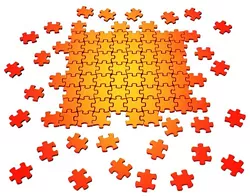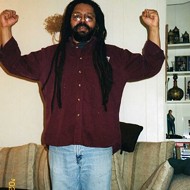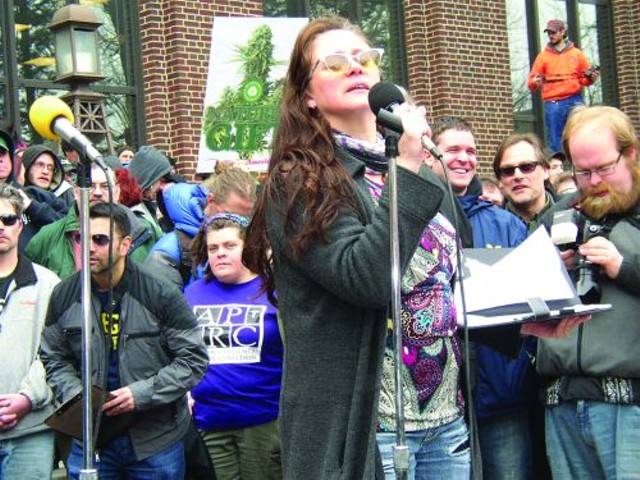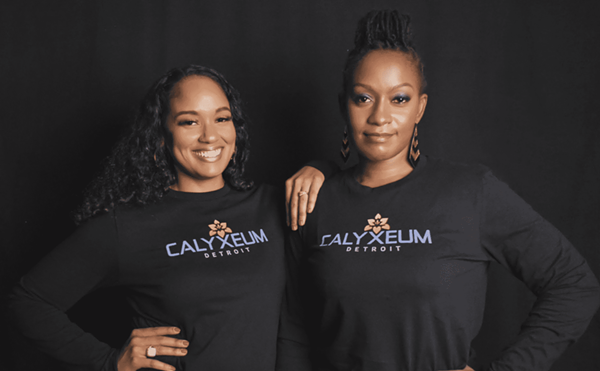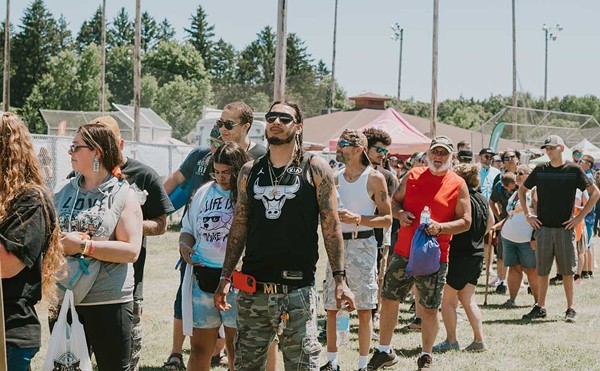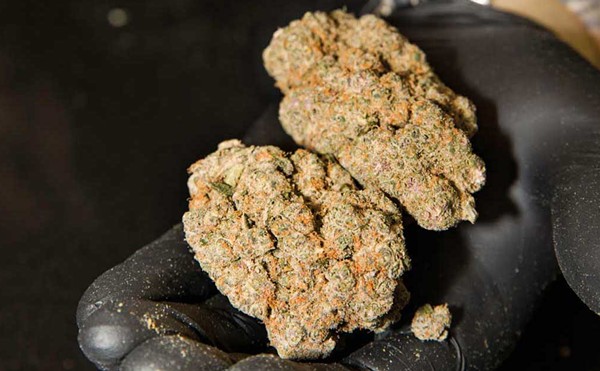I recently spoke with Brandy Zink, chair of the Michigan Chapter of Americans for Safe Access, about the movement to legalize marijuana, when she said, “When marijuana is legal, we’re still going to need medical marijuana.”
That got me to thinking. There are a lot of fronts when it comes to cannabis activism — each of them viable in their own way, yet inseparably intertwined with each other. The most visible fronts are the medical marijuana movement, the push to legalize recreational use of marijuana, the industrial hemp initiative, and efforts to end the drug war and legalize them all.
Each of these movements has a certain amount of support from folks across the spectrum, but they all maintain a different focus. This leads to belief by some that medical marijuana or hemp enthusiasts just want to get high and are using a legitimate cause to advance their hidden agenda. It’s true that some folks are doing that, but I believe there are also many people who are sincerely working out of compassion for people suffering with illness, or simply motivated by the economic benefits of hemp.
Overall, the pro-marijuana movement is a coalition of supporters of different causes who sympathize with each other, but seek different outcomes.
“That’s an interesting breakdown,” says Morgan Fox, communications manager at the Washington, D.C.-based non-profit Marijuana Policy Project. “All those different factors are so involved with each other it’s sometimes hard to pull them apart. If marijuana becomes legal, then hemp is de-facto legal. Working toward some of the same goals would increase access for patients. There are a lot of tie-ins there. A lot of it is just based on tactics. The end result will have impacts for all of them. The Marijuana Policy Project’s main goal is to remove the threat of arrest for all adults. We’re going to continue working on that.”
Each of those fronts has its victories to celebrate and its defeats to lament. California recently legalized industrial hemp, which is used in hundreds of products from textiles to fuels to nutritional supplements. It’s the 12th state to do so. However, anyone who actually wants to farm hemp must first have a federal permit, and the feds aren’t handing out permits for that.
The hemp prohibition is a strange turn of events. From the early years of our nation, hemp, which does not get people high, was a staple crop. In 1619, the Virginia assembly passed a law requiring every household to grow hemp due to its many uses. George Washington grew it, as well as several other founding fathers.
Today, 30 different countries grow hemp, and we import $500 million worth of it each year, according to a 2012 Congressional Research Service report. The same report estimates there are 2,500 different hemp products on the global market. No wonder some farmers want to grow it.
“To me, one of the most interesting aspects about cannabis is that a large portion of conservative farmers and folks in the Bible Belt are for bringing the hemp plant into the farming community for industrial purposes, even if they are against it for recreational, medicinal and spiritual use,” says Paul Pearson, director of communications for Michigan Industrial Hemp Education and Marketing Project (MIHEMP).
Everett Swift, executive director of MIHEMP, says, “We have some members who are for medical and recreational use, and some members who are against any form of marijuana legalization other than industrial. We don’t take any stance for or against medical or recreational use as an organization.”
What’s interesting here is that proponents of the same plant can come to that from such varied points of view. These perspectives add to the aura of marijuana as being some kind of super plant that can lend itself to so many different uses. Evidence of hemp cord goes back 10,000 years. Seeds were used for food and oil around 6,000 B.C. Its medicinal use was recorded 5,000 years ago, and spiritual use was recorded 4,000 years ago. Mentions of its recreational use appear about 500 B.C. Marijuana prohibition began in 1937. That’s been 76 years. In the tides of history, however, that represents an anomaly.
What would seem to be the most radical efforts are those who believe the entire War on Drugs is wrong and all drugs should be decriminalized. They prefer to treat addiction as a health issue rather than a criminal problem. Law Enforcement Against Prohibition, a group of former and current police officials, says that most of the social and personal damage attributed to drugs is actually caused by the policy. It’s the prohibition that makes moving drugs across national borders or fighting for sales turf in a neighborhood profitable.
Another problem is that law enforcement does not pursue the drug war equally against all users. It has been substantiated that drug use is about equal by all races. African-Americans and Latinos, however, are arrested for drugs at much higher rates than whites. This has created many issues in minority communities, from broken families to lack of ability to get education assistance or jobs due to having a felony record. That’s in addition to using the law in a discriminatory way against minorities. This led to the NAACP calling for an end to the War on Drugs in 2011.
“These flawed drug policies that have been mostly enforced in African-American communities must be stopped and replaced with evidence-based practices that address the root causes of drug use and abuse in America,” said NAACP President and CEO Benjamin Todd Jealous in a press release at the time.
The results of the War on Drugs don’t seem to have led to any lessening of drug use, and, as alcohol prohibition helped create organized crime in the United States, drug prohibition has helped international drug cartels take advantage of the tremendous profits in smuggling drugs.
John Sinclair, a victim of marijuana prohibition, has been a key figure in fighting the drug war in Michigan since the 1960s. I spoke with him last week while he was in Detroit to celebrate his 72nd birthday.
“I’m a firm believer in the legalization of all drugs,” says Sinclair. “I don’t think the police have any authority about what goes on inside our heads. The law enforcement system has built up a huge industry principally on the backs of marijuana users.”
On the medical front, there is still plenty of research needed to find out the most effective uses of cannabis, but it’s clear that the plant is useful in a wide range of therapies for conditions ranging from cancer to post-traumatic stress disorder to multiple sclerosis.
Like the strands of a rope, every time one sector of marijuana activism makes progress it makes the entire movement stronger. It seems like we’re getting closer to tying this whole thing up.
Larry Gabriel is a writer, musician and former editor of Metro Times. Send comments to [email protected].

